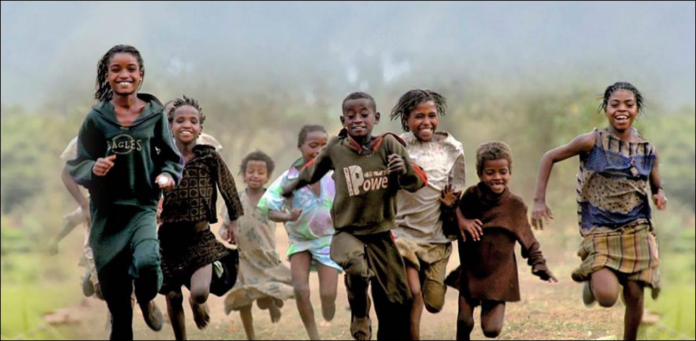
New Delhi (NVI): More than 80% of school-going adolescents worldwide did not meet current recommendations of at least one hour of physical activity per day, including 85% of girls and 78% of boys thus putting their future health at risk, said World Health Organization (WHO).
The study based on the data of 1.6 million students between the age group of 11 to 17 yrs finds that across all 146 countries girls were less active than boys between 2001-2016.
Some of the lowest levels of insufficient activity in boys were found in Bangladesh, India and the USA, according to the new WHO-led study published in The Lancet Child & Adolescent Health journal.
The authors noted that the lower levels of insufficient physical activity in Bangladesh and India (where 63% and 72% of boys were insufficiently active in 2016, respectively) may be explained by the strong focus on national sports like cricket.
However, the US rates (64%) may be driven by good physical education in schools, pervasive media coverage of sports, and good availability of sports clubs such as ice hockey, American football, basketball, or baseball.
For girls, the lowest levels of insufficient activity were seen in Bangladesh and India, and are potentially explained by societal factors, such as increased domestic chores in the home for girls.
The difference in the proportion of boys and girls meeting the recommendations was greater than 10 percentage points in almost one in three countries in 2016 (29%, 43 of 146 countries), with the biggest gaps seen in the United States of America and Ireland (more than 15 percentage points). Most countries in the study (73%, 107 of 146) saw this gender gap widen between 2001-2016.
The levels of insufficient physical activity in adolescents continue to be extremely high, compromising their current and future health, WHO researcher Dr Regina Guthold said, adding, “Urgent policy action to increase physical activity is needed now, particularly to promote and retain girls’ participation in physical activity.”
Globally, the prevalence of insufficient physical activity slightly decreased in boys between 2001 and 2016 (from 80% to 78%), but there was no change over time in girls (remaining around 85%).
The researchers noted that if these trends continue, the global target of a 15% relative reduction in insufficient physical activity – which would lead to a global prevalence of less than 70% by 2030 – will not be achieved. This target was agreed to by all countries at the World Health Assembly in 2018.
“The trend of girls being less active than boys is concerning,” study co-author Dr Leanne Riley, WHO said adding, “More opportunities to meet the needs and interests of girls are needed to attract and sustain their participation in physical activity through adolescence and into adulthood.”
To increase physical activity for young people, governments need to identify and address the many causes and inequities – social, economic, cultural, technological, and environmental that can perpetuate the differences between boys and girls, the authors said.
–ps










